|
There are countless guides and references that can be used in emergency medicine. However, some books prove to be better resources than others and it is vital to identify them. In this post, we review one of the books you should seriously consider having if you work in emergency medicine.
Many resources are simply too wordy to be beneficial when seconds count. Dave Borshoff, an Australian anesthesiologist and former pilot, developed theAnesthesia Crisis Manual. While some may like this particular book even in emergency medicine, a newer book has been created with emergency medicine and critical care in mind called the Resuscitation Crisis Manual (RCM). This book was co-authored by both Dave Borshoff and Scott Weingart. The latter is well known for his EMCrit blog and podcast which also includes a post covering this book.
What makes this book so special? Why should you bother looking into having it for your shifts? This book in particular is set up as a quick reference handbook (QRH) similar to what a pilot keeps in their cockpit for an emergency. The idea is that the QRH provides bold face actions for emergency situations. These are meant to be incredibly brief. They tell the pilot what must be done (in order), to address the immediate threat. Usually, on the other side, the QRH contains additional details (see pictures below for an example on ejection).
The format is very similar in the RCM. Below is an example for status epilepticus. On the left side are the bold face actions. These actions are meant to be performed in order. In the example below, you may not how there are small boxes with numbers. These refer to other references. For example, the intubation checklist mentioned in step 7 is found under section 43 (note how status epilepticus is section 22). On the right side of the example includes further details such as drugs and dosages, causes, and recommended labs among many other details. The right side is meant more to provide additional details where they may be needed.
You may be thinking to yourself that you do not need such resources. While it is possible, checklists provide an additional layer of safety and can act to cognitively offload you in an emergency. Use your bandwidth for other components which must require your focus and use tools such as the RCM to provide you with additional and methodical support.
In addition to a physical book, there is an e-book that can be purchased. When purchasing the physical book, the e-book is included. However, an e-book alone may be purchased if desired. It is worth noting that the books are designed in a way to withstand many of the demands in the emergency department. It is also reasonably priced and written by experts in their fields. Let us know what you think by giving us feedback here in the comments section or contacting us on Twitter or Facebook. Remember to look us up on Libsyn and on Apple Podcasts. If you have any questions you can also comment below, email at [email protected], or send a message from the page. We hope to talk to everyone again soon. Until then, continue to provide total care everywhere.
3 Comments
Derly
5/17/2022 08:06:51 am
Concise, well done set up, exclusive for critical cases, love this book.
Reply
Barratt Schichtel
8/22/2022 07:38:25 pm
I like this book and ordered it based on your recommendation. I'm very happy with it except for the fact that they appear to have a quality control issue at the moment. The first weekend I got the book I opened it at work while I had just a moment to familiarize and the spline came apart and pages started falling out. I sent the company an email about it, I'm sure they will have a solution... lol
Reply
6/6/2024 02:03:13 am
The Resuscitation Crisis Manual is a must-have for emergency medicine. Authored by experts, it provides quick, step-by-step guidance for critical situations, ensuring efficient and effective care. Whether in physical or e-book form, it's an invaluable resource for healthcare professionals in the field. Just like a <a href="https://www.books.ipinnovative.com/books/medical">medical books</a>
Reply
Leave a Reply. |
Libsyn and iTunesWe are now on Libsyn and iTunes for your listening pleasure! Archives
August 2022
Categories |
||||||
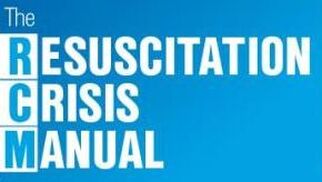
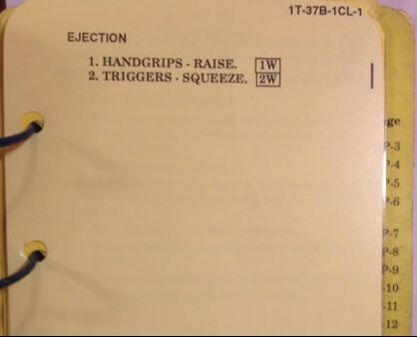
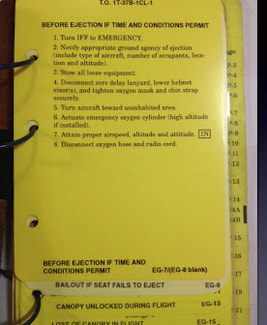
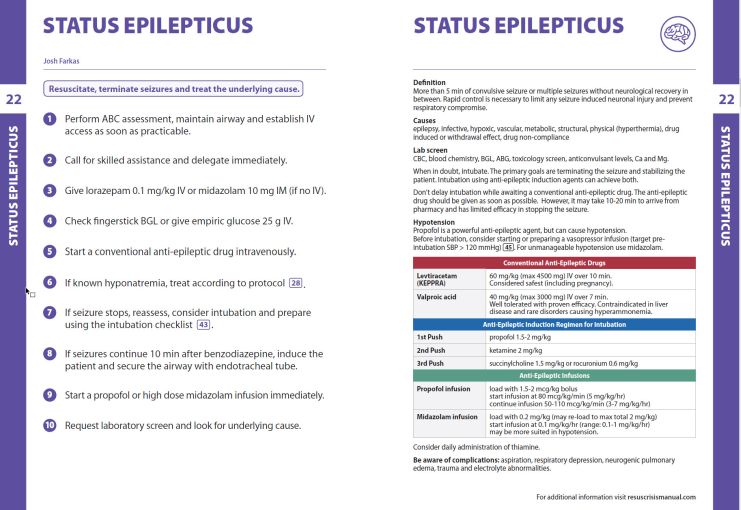
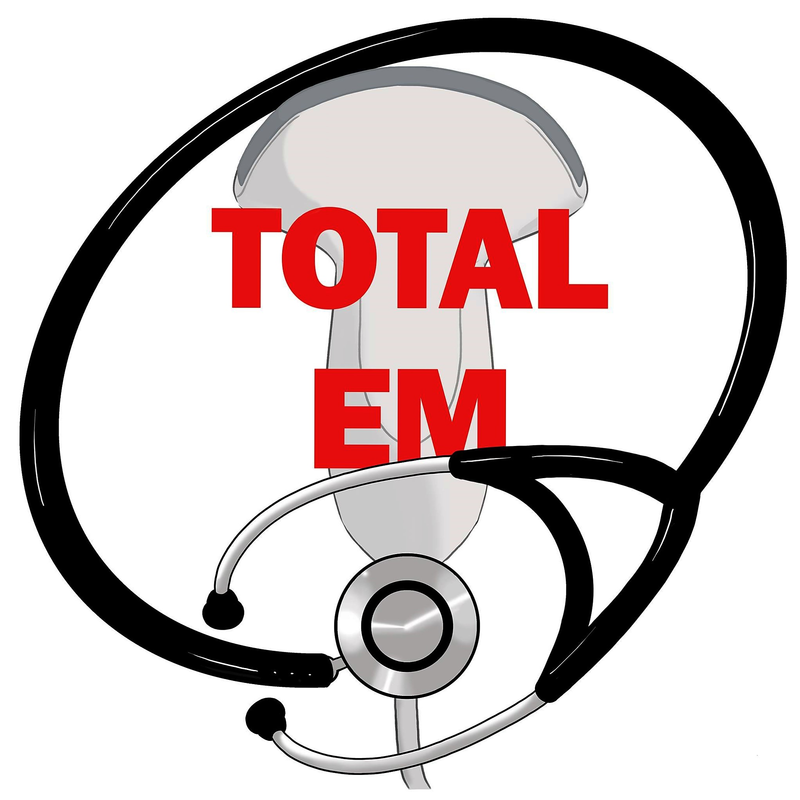
 RSS Feed
RSS Feed